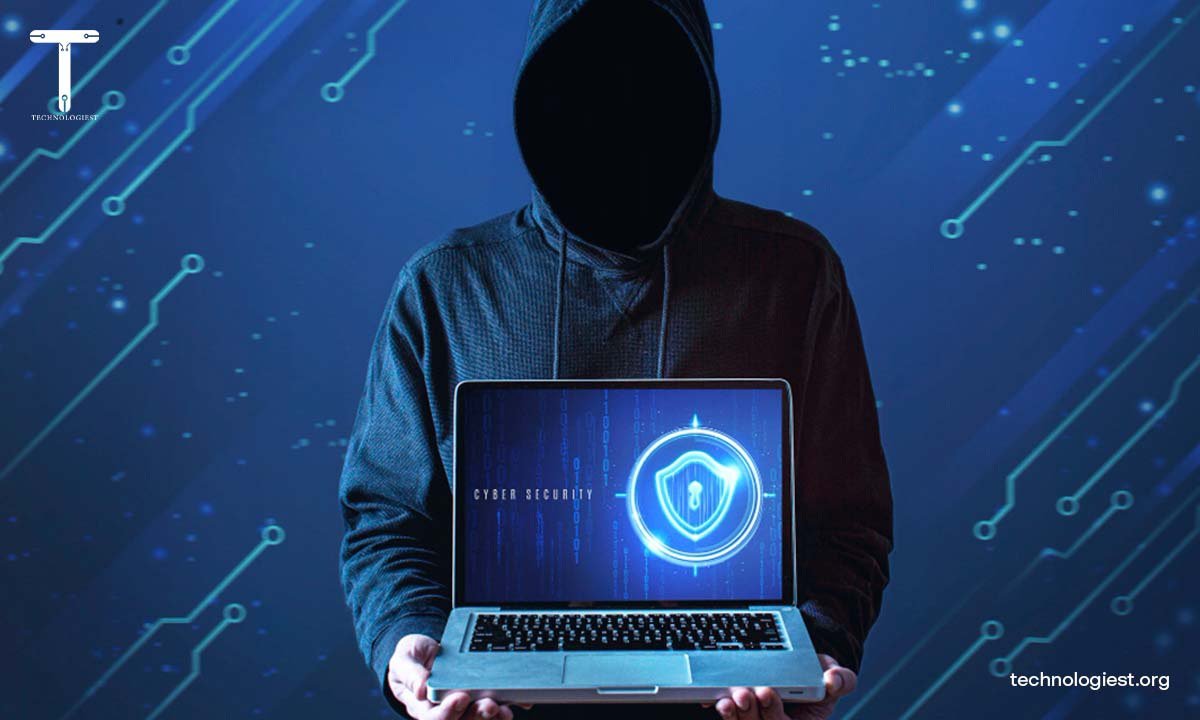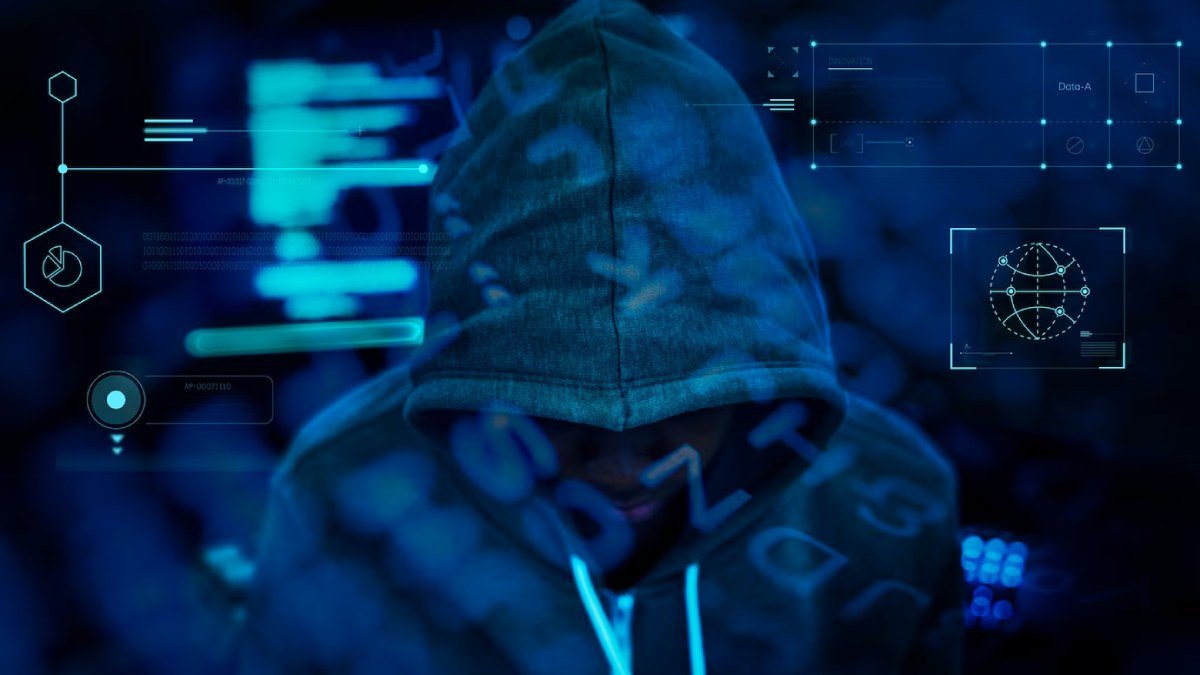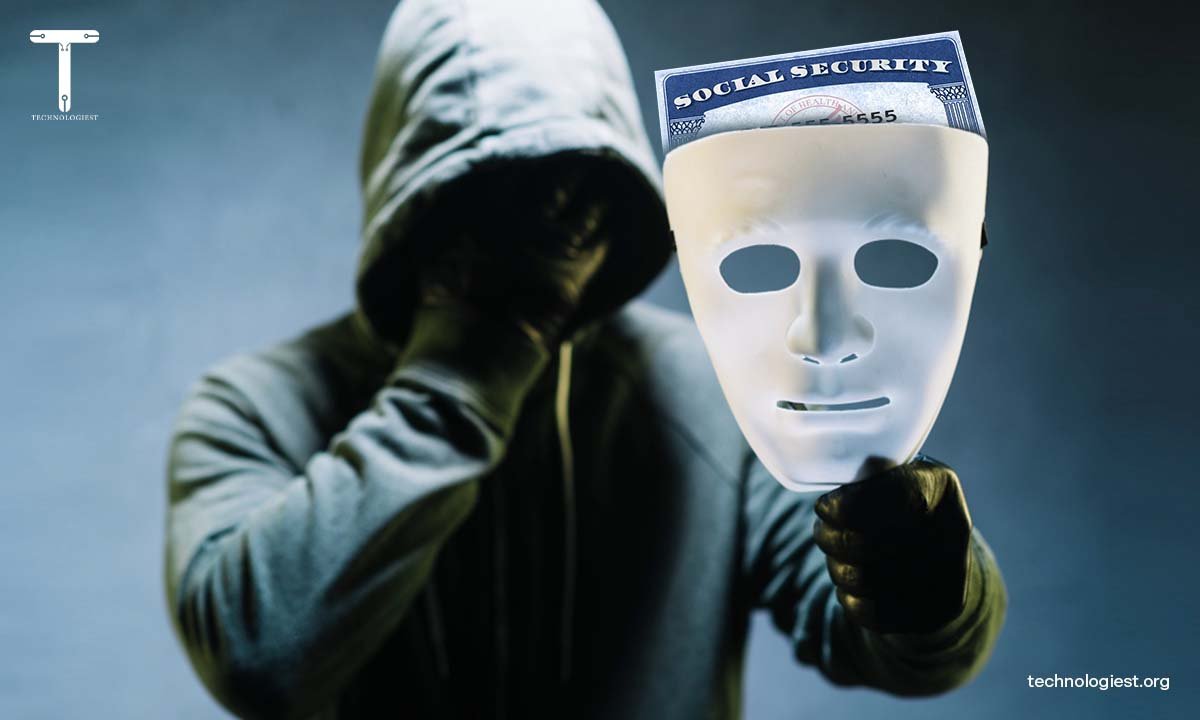
Organizations face a constantly changing range of risks in the fast-paced field of cyber security, from cunning insider assaults to highly skilled foreign hackers. Although external threats frequently make the news, internal risks can be just as harmful and hard to identify. Insider threats, which are committed by persons within an organization, pose a serious and frequently disregarded risk to the security and integrity of data. The subtleties of two types of insider threats to cyber security will be discussed in this essay, with a particular emphasis on two different kinds of insiders: purposeful insiders and inadvertent insiders.
Organizations may strengthen their defenses against cyber threats and lessen the dangers presented by internal adversaries by knowing the advantages, tactics, and motivations of each kind.
Table of Contents
ToggleAn Overview of Insider Dangers

Before exploring insider danger kinds in more detail, it’s critical to comprehend two types of insider threats to cyber security in general.
Insider hazards arise when individuals misuse their expertise, power, and access inside a company to jeopardize enterprise security.
These insiders have access to the systems and data of the organization, therefore they might be contractors, business partners, or even ex-workers.
Insider threats can take many different forms, including intellectual property theft, fraud, sabotage, and espionage.
They represent a serious risk to businesses of all sizes involved in all national industries.
Motivations Behind Insider Threats

Insider threats can originate from a variety of reasons, such as monetary gain, retaliation, ideology, or even inadvertent acts.
Because of perceived injustices, discontent with their position, or disagreements with coworkers or management, hostile insiders may nurture animosity toward their company.
Financial strains or private situations might occasionally push people to take part in illegal acts, such as stealing confidential information or intellectual property to make money.
Furthermore, ideological motives can also fuel insider threats, particularly in cases where individuals may align themselves with external groups or cause hostility to the organization.
Whether driven by political, religious, or social beliefs, these insiders may perceive their actions as a form of activism or resistance, leading them to sabotage systems, leak confidential information, or engage in other disruptive activities.
Cyber security Two Types of Insider Threats

In the area of cyber security, insider risks may be broadly classified into cyber security two types of insider threats: intentional insiders and unintentional insiders.
Although any of these categories might significantly jeopardize the security posture of an organization, their goals are fundamentally different.
a) Malicious Insiders
Those who intentionally and maliciously misuse their rights and access are known as malevolent insiders.
These insiders might be resentful workers out for vengeance, workers driven by money, or those under duress from outside sources.
Because they frequently have a thorough awareness of the organization’s security procedures and systems, malicious insiders are better able to evade conventional security measures.
But ‘what advantages do insider threats have over others’ when it comes to insider knowledge?
The infrastructure and vulnerabilities of the company are already known to malicious insiders, as opposed to external attackers who must spend time and resources researching them.
Their close familiarity with the situation makes them particularly dangerous adversaries as it facilitates their ability to identify and exploit weaknesses.
Malicious insiders may also use their position of trust inside the company as a means of avoiding discovery.
Without arousing suspicion, they are able to alter or go around security measures like intrusion detection systems and firewalls.
Malicious insiders may also be able to work covertly for longer periods of time since they are already within the organization’s perimeter and their actions might not set off the same bells and alerts as external attacks.
Malicious insider threats must be identified and mitigated using a multi-layered strategy.
Establishing explicit policies and processes, regularly monitoring user behavior, and enforcing strict access controls are all necessary for organizations to report questionable activity.
Employee awareness and training programs may also be extremely important in fostering a culture of vigilance among staff members by informing them of the dangers posed by hostile insiders.
b) Unintentional Insiders
Unintentional insiders, as opposed to malevolent insiders, unintentionally jeopardize security by acting thoughtlessly or irresponsibly.
These people could inadvertently click on harmful websites, become targets of social engineering schemes, or handle private information improperly.
Inadvertent insiders can seriously undermine the organization’s security posture even if they do not intend to damage it. Unintentional insiders have several advantages against external dangers, chief among them being their legitimacy.
In contrast to external attackers who need to utilize strategies like social engineering and phishing to obtain access, inadvertent insiders already possess authorized access to the company’s systems and information.
Their validity facilitates their ability to go by security measures covertly. In addition, accidental insiders might not be conscious of the security dangers posed by their activities.
Without considering the possible repercussions, they could share passwords, access private information from unprotected devices, or fall for phishing schemes, among other dangerous activities.
Because of this ignorance, inadvertent insiders may be subject to exploitation by outside attackers attempting to obtain access to the company’s systems.
It is necessary to use a combination of technology, laws, and public awareness initiatives to lower accidental insider danger.
Organizations should implement security awareness training programs to educate staff members on the need to use strong passwords, stay away from questionable links and attachments, and report any unusual conduct right away.
Modern security solutions like email filtering and endpoint protection may also help detect and stop threats before they have an opportunity to cause harm.
Conclusion
A major obstacle for businesses looking to safeguard their confidential information and intellectual property is insider threats.
Insiders have the ability to use their rights and access to compromise security and erode confidence, whether on purpose or accidentally.
Creating successful security tactics requires an understanding of the various insider threat categories and the advantages they have over external threats.
Through the implementation of strong security measures, frequent training, and awareness initiatives, and the promotion of a vigilant culture, businesses may enhance their ability to thwart internal threats and protect their precious resources.
However, in today’s cyber ecosystem, fighting insider threats is a continuous problem for enterprises, requiring continual monitoring and response to emerging hazards.
You May Like Also:
6 thoughts on “Two Types of Insider Threats Cyber Security: Understanding Risks”